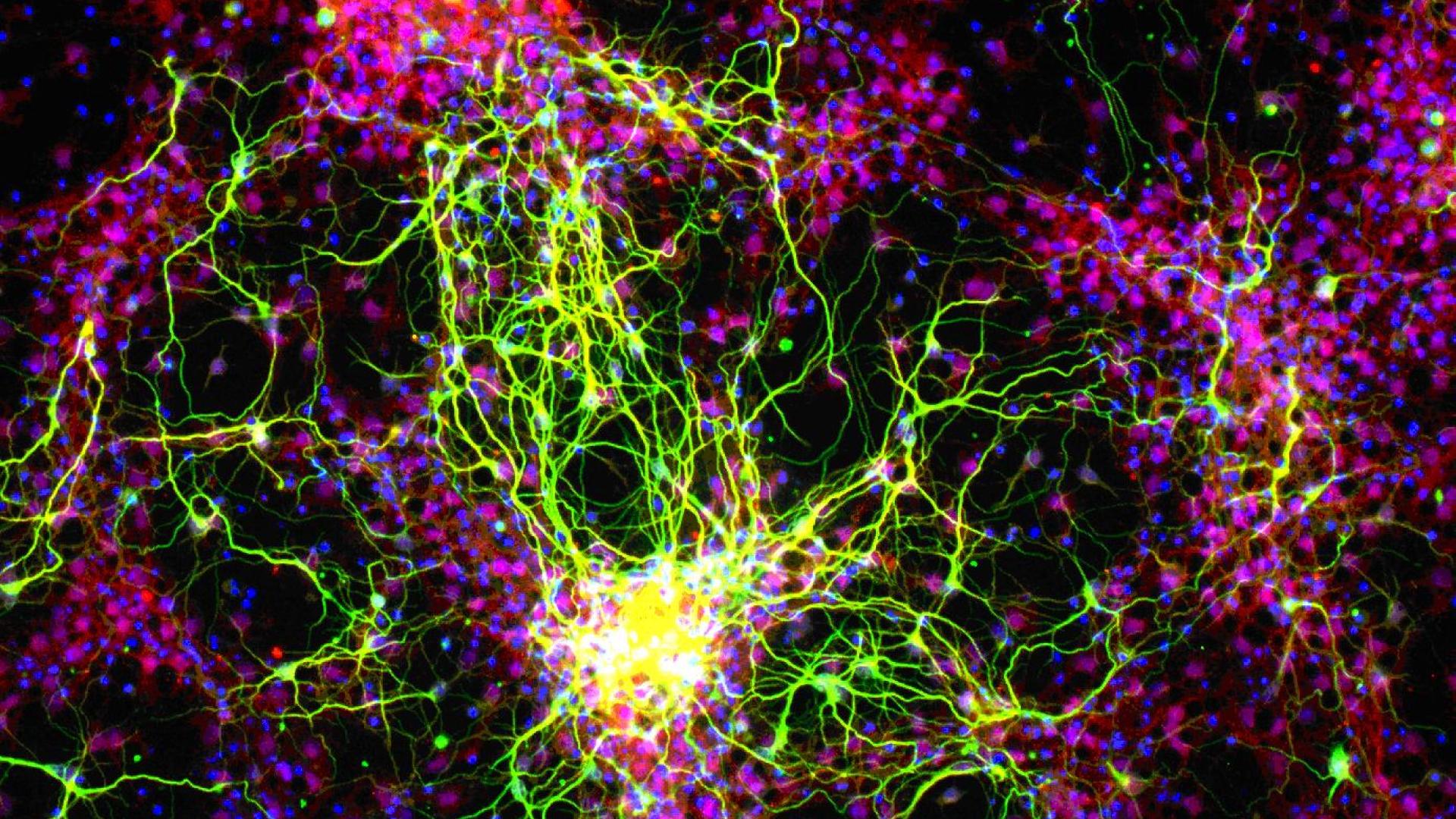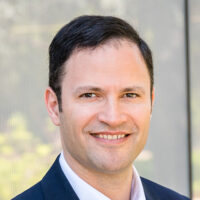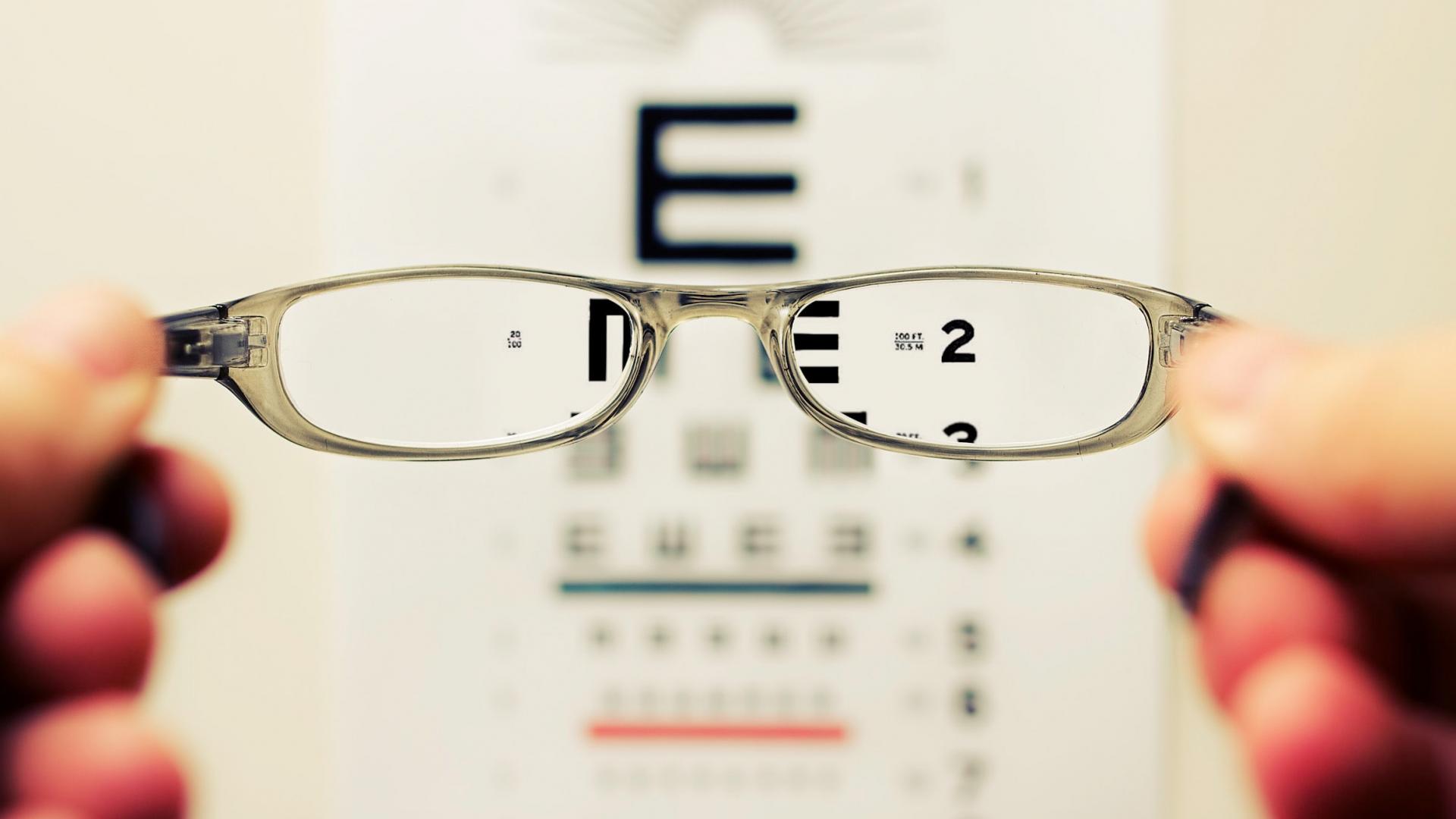
Could vision loss from glaucoma—once considered irreversible—one day be restored?
Scientists think so. Promising results from recent lab trials using adult stem cells provide compelling reasons to be optimistic about future means of addressing vision damage that is currently irreversible and preventing permanent visual impairment.
The research was conducted by National Glaucoma Research-funded grantee Jeffrey Goldberg, MD, PhD, professor and chair of ophthalmology and director of the Byers Eye Institute at Stanford University.
Dr. Goldberg is studying ways to regenerate retinal ganglion cells (RGCs), whose degeneration is associated with vision loss in glaucoma. His lab is developing novel stem cell approaches for eye repair. If successful, these findings could one day lead to a way to restore vision lost to glaucoma and other eye diseases.
All about retinal ganglion cells
Healthy RGCs are crucial for vision: they are the neurons that extend long cables (or axons) connecting the retina to the brain. RGC replacement therapy represents a promising method for treating the vision loss that results from degeneration of RGCs.
Dr. Goldberg’s team is exploring a new method that effectively uses adult stem cells to rapidly generate RGCs and then transplant them into the eye. Given that the supply of primary donor cells is limited, this progress on an RGC therapy derived from adult stem cells is significant.
The researchers have developed a way to rapidly induce RGCs from adult stem cells, generating them in about one week. Previous protocols usually took two to four weeks. The RGCs survived for up to one month after transplantation into retinas. These results of laboratory trials using adult stem cells to replace RGCs are encouraging and could lead to new ways of restoring vision.
Glaucoma is a chronic, progressive eye disease with no cure that damages the eye’s optic nerve, resulting in vision loss and even blindness. According to the World Health Organization, it is the second leading cause of blindness worldwide. In the United States, glaucoma affects approximately 3 million people and is a leading cause of blindness among Blacks and Hispanics.
Dr. Goldberg’s work demonstrates a highly efficient and reproducible means of induced RGC generation. While the pace of such discoveries and understanding about how stem cells can be used for potential therapies is moving quickly, the RGC replacement therapy is not yet ready for patient testing.
The simplicity of the system will benefit future research moving from the laboratory into real-world practice. More research is needed to develop and confirm viable uses in the treatment of glaucoma. Future studies might explore, for example, how to get enough cells transplanted into the retina to meaningfully improve vision, or how much immunosuppression is needed for longer term results.
Dr. Goldberg and his collaborators have published their findings in the scientific journal Stem Cell Reports.
About BrightFocus Foundation
BrightFocus Foundation is a premier global nonprofit funder of research to defeat Alzheimer’s, macular degeneration, and glaucoma. Through its flagship research programs — Alzheimer’s Disease Research, Macular Degeneration Research, and National Glaucoma Research— the Foundation has awarded nearly $300 million in groundbreaking research funding over the past 51 years and shares the latest research findings, expert information, and resources to empower the millions impacted by these devastating diseases. Learn more at brightfocus.org.
Disclaimer: The information provided here is a public service of BrightFocus Foundation and is not intended to constitute medical advice. Please consult your physician for personalized medical, dietary, and/or exercise advice. Any medications or supplements should only be taken under medical supervision. BrightFocus Foundation does not endorse any medical products or therapies.
- Vision Restoration







